Not often, but a situation arises when a beloved or lying in a closet dress with sleeves wants to give a new life by sewing now a fashionable lace or leather sleeve. Perhaps you liked the same dress as yours, only with an original sleeve. Or maybe you need to hide skin defects on the shoulder, and boleros and stoles cannot completely solve this problem. Immediately questions arise: what should be the sleeve, how to cut it out the sleeve and how to sew it into the finished dress. Let's get it right.



We take into account the nuances
- If you’re lost in the variety of sleeves and haven’t decided which one is best for your dress, decide on its purpose: hand correction, decorative element, etc.
- Decide for yourself what image you want to create: classic, romantic, extravagant. Please note that no one forbids experimenting with sleeves and a combination of fabrics.
- When choosing fabric for future sleeves, consider the color gamut and features of the materials, their quality, how easy it is to work with them. It will be a shame if the fabric sheds or shrinks. In this case, be sure to make a decathing before cutting.




Sleeve Design Options
When we take any pattern of a dress with a single-seam sleeve from the magazine, then the ratio of the length and depth of the armhole and the ridge of the sleeve is verified to a millimeter. Indeed, the quality of tailoring depends on an important condition - the set-in sleeve is sewn without creases, if it does not require fitting, the sleeve should ideally lie in the armhole.
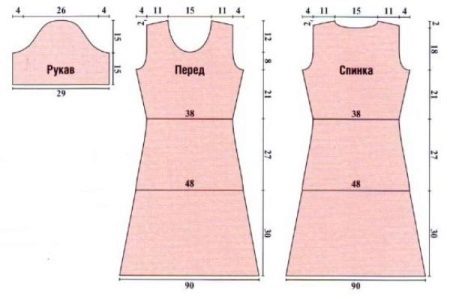
In our case, you can search for patterns of similar dress models in sewing magazines and, applying a shelf, choose the most suitable armhole size.Next, cut a sleeve from the draft fabric, sweep into the armhole, correct defects and only then cut the correct sleeve from the selected fabric.

You can build a pattern of the selected sleeve yourself, if you have nowhere to take it, and make changes by substituting your measurements, for example, the circumference of the shoulder, the half-circumference of the chest and wrists, the length of the sleeve and armhole along the stitching line.
To expand the existing pattern by several centimeters, circle its contours on one side, then move the pattern and circle the second side. Be sure to add seam allowances along the stroke line.
The pattern is built according to a new drawing, if it is necessary to increase it by more than 4 cm.


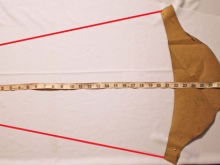
If your wardrobe has a blouse or a T-shirt with the same armhole, then you can circle the sleeves and then simulate the desired shape and length.
Circled like this:
- put the T-shirt on paper exactly, put pins along the section of the sleeve;
- trace the marks on the paper with a pencil, but do not forget about the seam allowances.
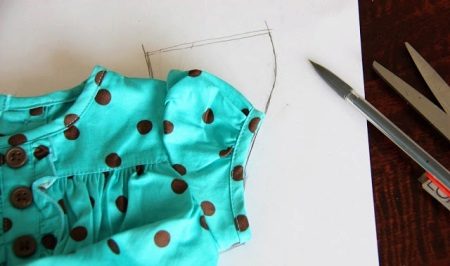
Whatever method you choose, do not rush to cut the part from the main fabric, train on the draft.

Modeling
Having a base-pattern of the sleeve, you can simulate any sleeve.
Sleeve flashlight



Modeling a sleeve-flashlight consists in drawing a pattern-base in parallel lines.
In order for the assembly to be uniform, the divorce lines are placed evenly, if the central part of the sleeve is parted, it will be magnificent only on the outer part. The top does not have to be tucked up; folds can be laid.
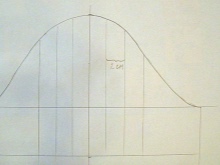
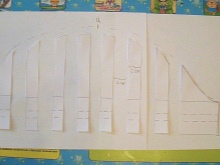
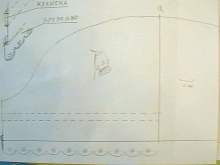
Raised Top Sleeve

This sleeve is simulated simply - cut the pattern in the center, expand it and draw a new line.
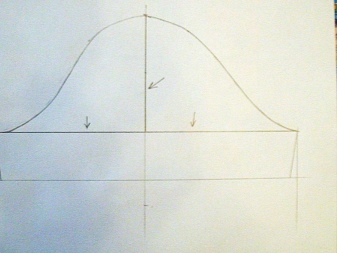
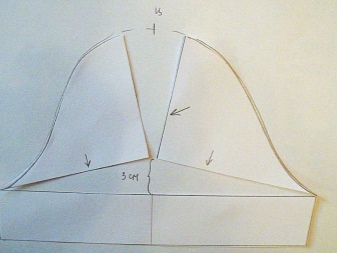
Tulip sleeve
Here you need to draw a curved line of the bottom of the sleeve, cut out the part, then draw the same in the mirror form.
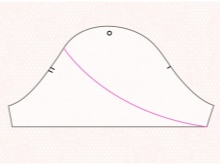
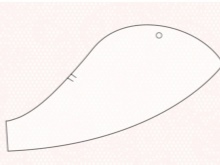
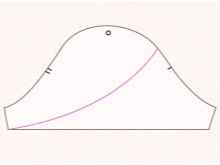
Glue both halves.
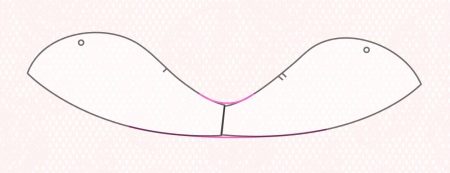
Cut the slices and sweep the top.
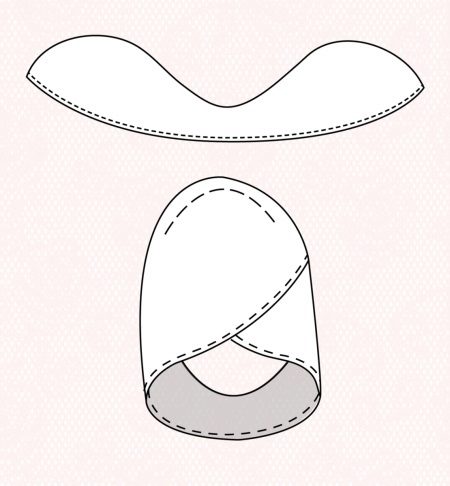
Shuttlecock
- Draw a horizontal line along the bottom of the sleeve if it is above the elbow. If the sleeve is lower, then draw a curved line.
- Divide the part into the desired number of parts.
- Cut the pattern along the drawn lines, leaving 0.3 cm undercut.
- Spread the parts evenly by 3-6cm.
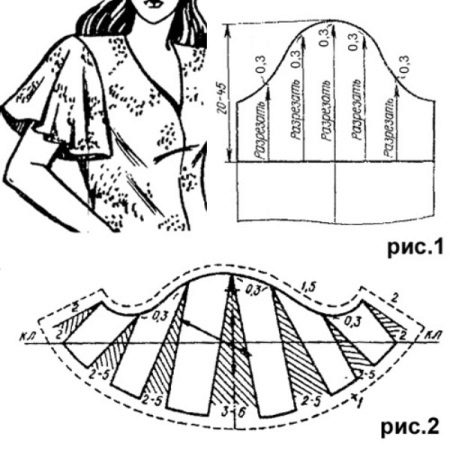
And a few more options for modeling sleeves.
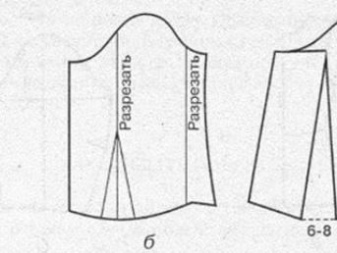
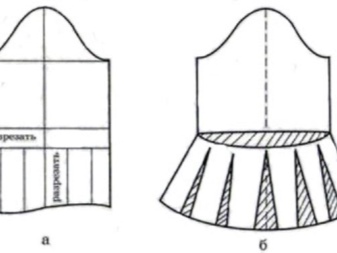
How to sew
In addition to the shape, the sleeves differ in the ways of grinding. Some require landing, since the length of the ridge is 3 - 7 cm longer than the armhole. Others do not require planting, while others are modeled with assemblies or folds.



With a sleeve without a fit, there is practically no difficulty in attaching it, but mistakes are made with a sleeve with a fit. Often the landing is distributed incorrectly or incorrectly to the armhole sleeves are connected.
- You can distribute the fit by aligning the seam on the shoulder with the center of the okat and distributing the fit.
- Next, a marked line is laid.
- If you are satisfied with the result, lay another line, closing the shortcomings of the first one, so landing doesn’t shift when stitching.
- When stitching the sleeve, lay the stitch, only step back 1-2 mm from the welded seams. The seam should be slightly stretched so that it does not crack while wearing the dress.
When the length of the ridge was more than necessary, the armhole should be slightly deepened. To do this, cut a segment of the lower okat just below the cut of the armhole.
A simpler option is circular assembly:
- Having laid out the part so that the line of the middle of the sleeve is exactly in the middle, mark the intersection points with the allowance of the lower okonet on the allowance of the upper part of the okata.
- Over the entire run, lay two notched stitches.
- Pull off the top, slouch the folds, and do not iron the sleeve.
- Sweep a sleeve starting in the center in a circle.
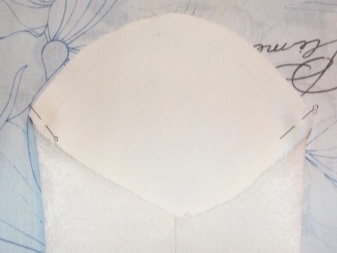
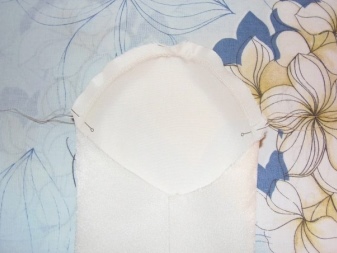
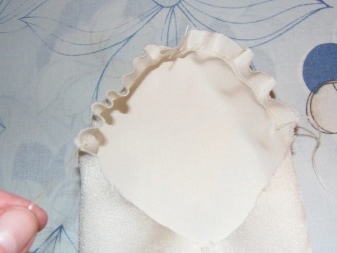
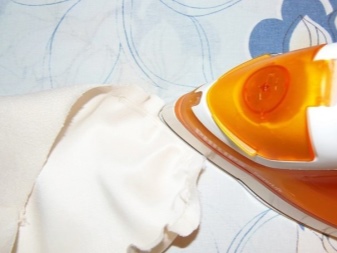
At the last stage, a fitting is done. Errors are corrected and the sleeve is stitched to the dress. Stitches are sutured.

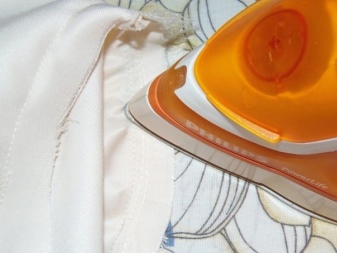
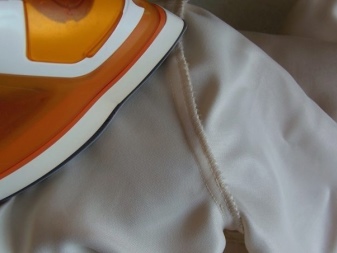
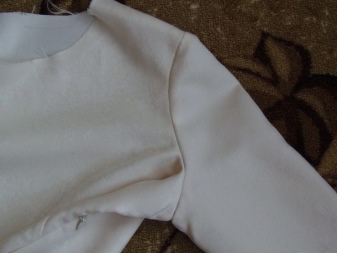
There is a third option, in which the pulling of the bottom line occurs after inserting the sleeve into the armhole, combining the seams and fixing in the lower sections of the armhole. When the rim has definitely entered the armhole, the excess width is evenly distributed.
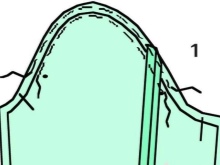
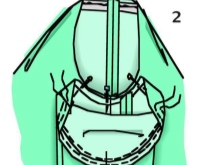
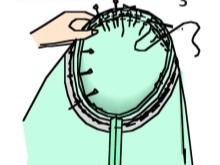
Be sure to do the fitting while bushing the sleeve, the peculiarity of the posture sometimes requires adjustment of the most accurate patterns.











